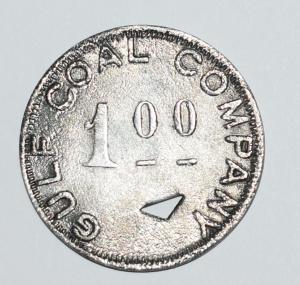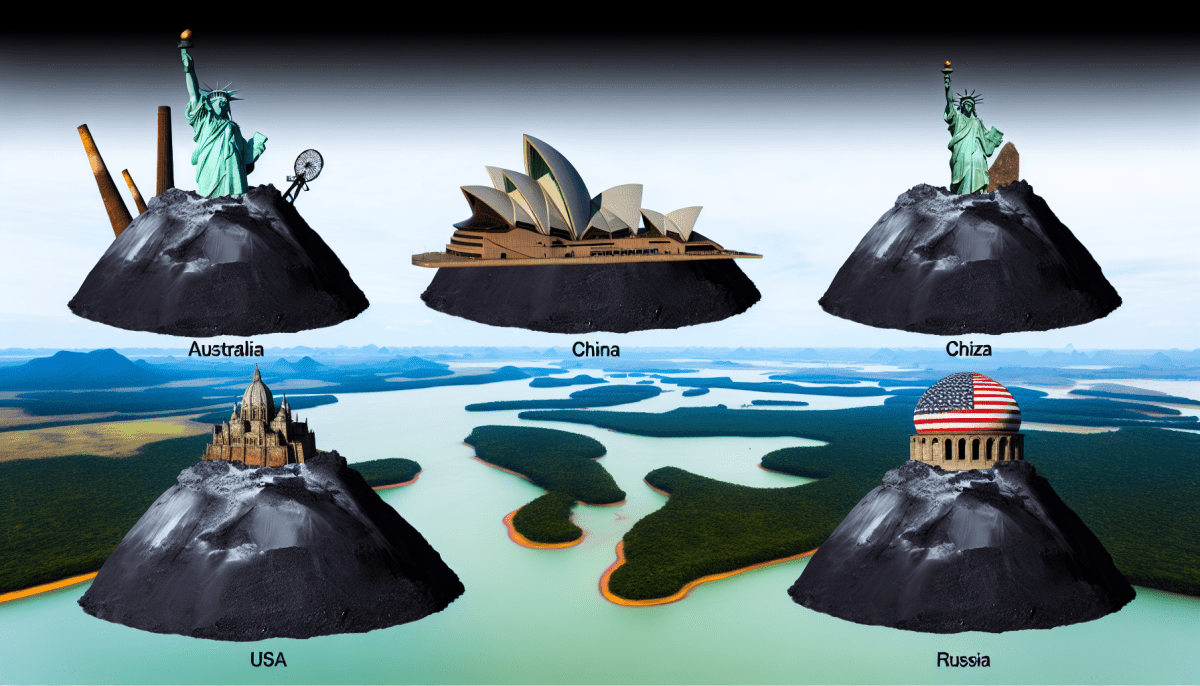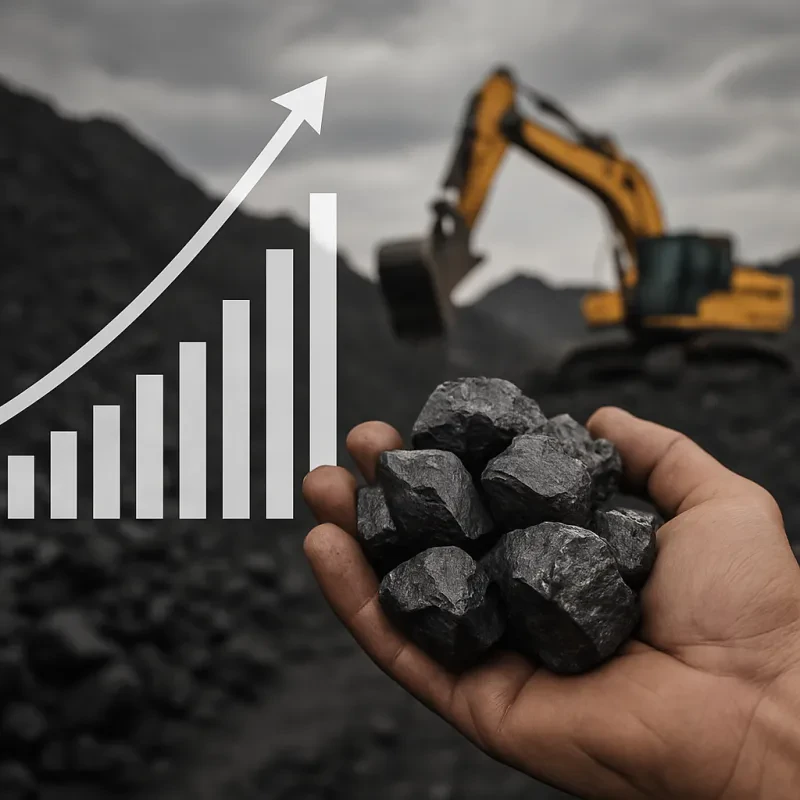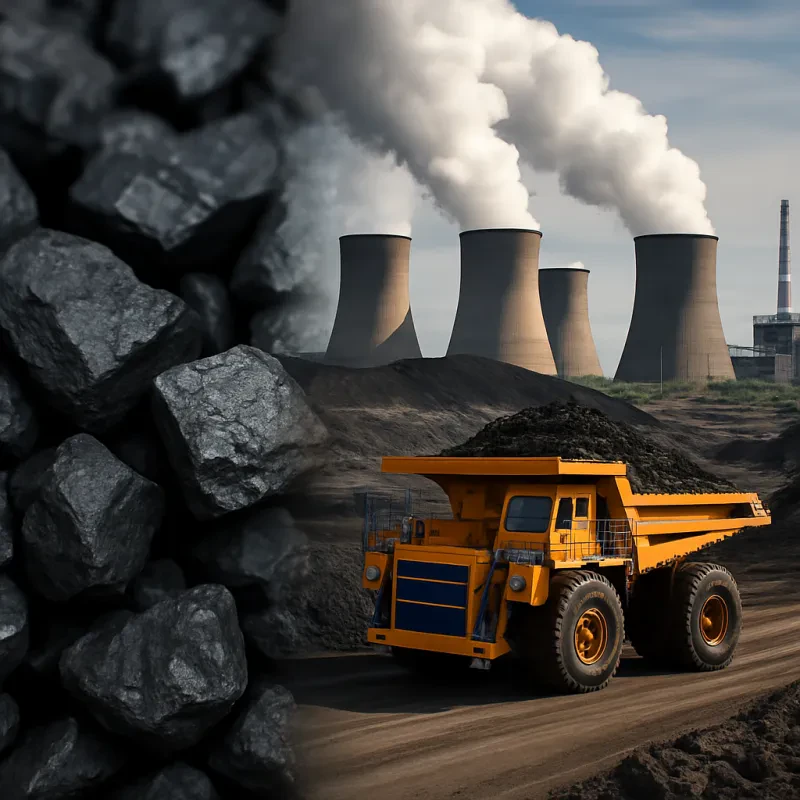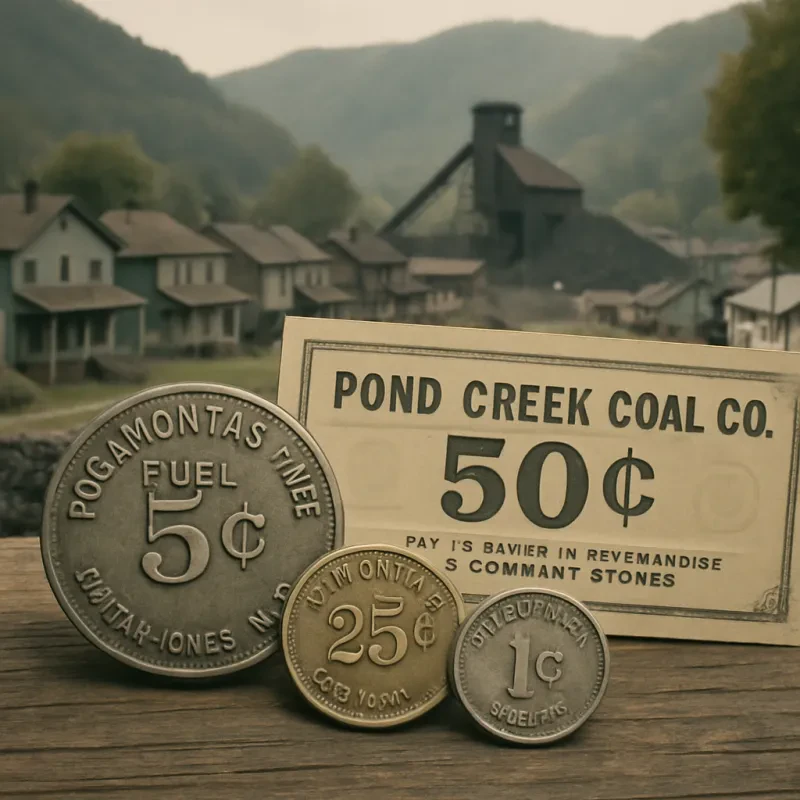The Largest Coal Producers in the World: An Overview
The coal industry remains a significant energy source globally despite growing environmental concerns and the push for renewable alternatives. In this article, we explore the top six coal producers in the world, detailing their histories, production capacities, and other relevant data. Understanding these key players is crucial for anyone interested in the energy sector, economic trends, or global industrial impacts.
Coal has been a primary energy source for many countries around the world, providing a reliable and relatively affordable source of power. However, with the increasing emphasis on reducing carbon emissions and transitioning to cleaner energy sources, the coal industry is facing challenges and changes. This article delves into how these top coal producers are adapting to evolving market demands and regulations while also examining their impact on global energy markets and environmental sustainability.
Stay tuned as we explore each of these top coal-producing companies in detail, highlighting their production volumes, export capabilities, technological advancements, and strategies for navigating an increasingly complex energy landscape.
1. China Energy Investment Corporation
Company History and Production Capacity
China Energy Investment Corporation, also known as China Energy, tops the list of coal producers worldwide. Formed in 2017 through the merger of China Guodian Corporation and Shenhua Group, it is not only the largest coal producer but also a significant player in the power generation sector. As of the latest reports, China Energy boasts an annual coal production exceeding 500 million tonnes.
Other Relevant Data
The company operates several coal-fired power stations and is heavily involved in coal-to-chemical processes, contributing significantly to China's energy security. However, it is also exploring renewable energy projects to balance its portfolio in response to environmental concerns.
China Energy's strategic focus on diversifying its energy portfolio is evident from its investments in renewable energy projects. The company has been actively exploring opportunities in solar, wind, and hydroelectric power generation to complement its traditional coal-based operations. This shift towards cleaner and more sustainable energy sources aligns with global efforts to reduce carbon emissions and combat climate change. By embracing renewable energy initiatives, China Energy demonstrates a commitment to environmental responsibility while continuing to meet the growing demand for electricity in the region.
2. Coal India Limited (CIL)
Company History and Production Capacity
Established in 1975, Coal India Limited is a state-owned entity and the largest coal producer in India. It oversees the majority of the coal production in the country, with a reported production of over 600 million tonnes annually, making it one of the top coal producers globally.
Other Relevant Data
CIL operates through several subsidiaries and is responsible for 82% of India's coal output. It plays a pivotal role in India’s energy sector, though it faces challenges such as labor disputes and environmental critiques.
CIL's significant role in the energy sector is further supported by its contribution to meeting India's growing energy demand. The company not only supplies coal for thermal power plants but also plays a crucial role in various industries such as steel, cement, and other manufacturing sectors that rely on coal as a primary source of fuel.
Despite its prominent position in the industry, CIL has faced criticism for its environmental impact due to mining activities. Additionally, labor disputes have been an ongoing challenge affecting the company's operations and production efficiency. As CIL continues to navigate these challenges, it remains a key player in India's energy landscape, providing essential resources to support economic growth and development.
3. Peabody Energy
Company History and Production Capacity
Based in the United States, Peabody Energy was established in 1883 and has grown to become a leading coal producer in the world. It primarily deals with bituminous coal, and its production was reported to be around 140 million tonnes per year before recent declines due to market conditions.
Other Relevant Data
Peabody Energy has operations in both the United States and Australia, and it is known for its involvement in high-profile environmental and safety standards. It has also invested in clean coal technologies and rehabilitation of used mining sites.
Peabody Energy prides itself on its commitment to sustainability and responsible mining practices. The company has implemented various initiatives to reduce greenhouse gas emissions, improve energy efficiency, and promote environmental stewardship in the communities where it operates. Additionally, Peabody Energy emphasizes worker safety and has stringent protocols in place to ensure a safe working environment for its employees.
In recent years, Peabody Energy has faced challenges due to the declining demand for coal globally and increased competition from alternative energy sources. Despite these challenges, the company remains optimistic about its future prospects and continues to explore new opportunities for growth and diversification.
Overall, Peabody Energy's long history, strong production capacity, commitment to sustainability, and focus on innovation position it as a key player in the global coal industry.
4. Glencore
Company History and Production Capacity
Glencore, founded in 1974, is headquartered in Switzerland and operates across various sectors, including metals, minerals, energy products, and agricultural products. In the coal sector, Glencore produced over 120 million tonnes in a recent year, sourced primarily from its mines in Australia, South Africa, and Colombia.
Other Relevant Data
Glencore is also recognized for its commitment to reducing its carbon footprint and has set significant goals to reduce its total emissions by 2035.
Glencore's commitment to sustainability and reducing its environmental impact extends beyond just emissions reduction. The company has also invested in renewable energy projects and promotes responsible mining practices. Additionally, Glencore has faced challenges related to human rights issues in some of the regions where it operates, leading to calls for greater transparency and accountability. Despite these challenges, Glencore remains a major player in the global coal industry, with a strong presence across multiple continents.
5. BHP Group
Company History and Production Capacity
BHP Group, formed in 1885, has a diverse portfolio that includes petroleum, iron ore, and copper, alongside coal. It is one of the largest mining companies in the world, with coal production focusing on metallurgical coal for steel-making. Its coal production is significant, contributing to the global supply chain of steel production.
Other Relevant Data
BHP has made commitments towards environmental sustainability, including efforts to exit coal mining and focus more on commodities that support global decarbonization.
These efforts align with the company's goal of reducing its carbon footprint and transitioning towards more sustainable practices. BHP has also emphasized a focus on community engagement and social responsibility in its operations, striving to create positive impacts in the regions where it operates. The company's commitment to environmental sustainability and responsible business practices sets an example for other mining companies worldwide.
6. Arch Resources
Company History and Production Capacity
Previously known as Arch Coal, Arch Resources is a prominent U.S. coal producer, primarily focusing on metallurgical coal, crucial for steel making. It annually produces approximately 87 million tonnes of coal, mainly from the Powder River Basin and Appalachian regions.
Other Relevant Data
Arch Resources has been adapting to market trends by focusing on high-quality metallurgical grades and reducing its exposure to thermal coal markets, reflecting its strategic shift towards sustainable mining practices.
Additionally, Arch Resources has been investing in clean technologies and initiatives to minimize the environmental impact of its mining operations. The company's commitment to sustainability is further evidenced by its efforts to reclaim and restore mined land for beneficial post-mining uses, such as agriculture, forestry, or wildlife habitat restoration. Despite facing challenges related to market fluctuations and regulatory changes in the coal industry, Arch Resources remains a key player in the global coal market with a strong emphasis on responsible mining practices.
These six companies illustrate the global landscape of coal production, each playing a critical role in their respective markets and economies. Despite the global shift towards sustainable energy sources, coal remains a key player in the world's energy mix, underlining the importance of these producers in the global economic framework. As the industry evolves, these companies' ability to adapt will likely determine their future roles in an increasingly environmentally conscious world.

